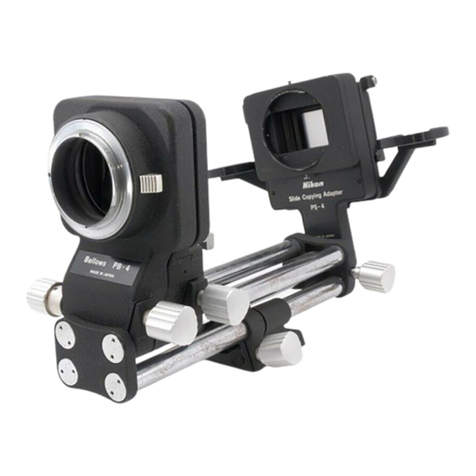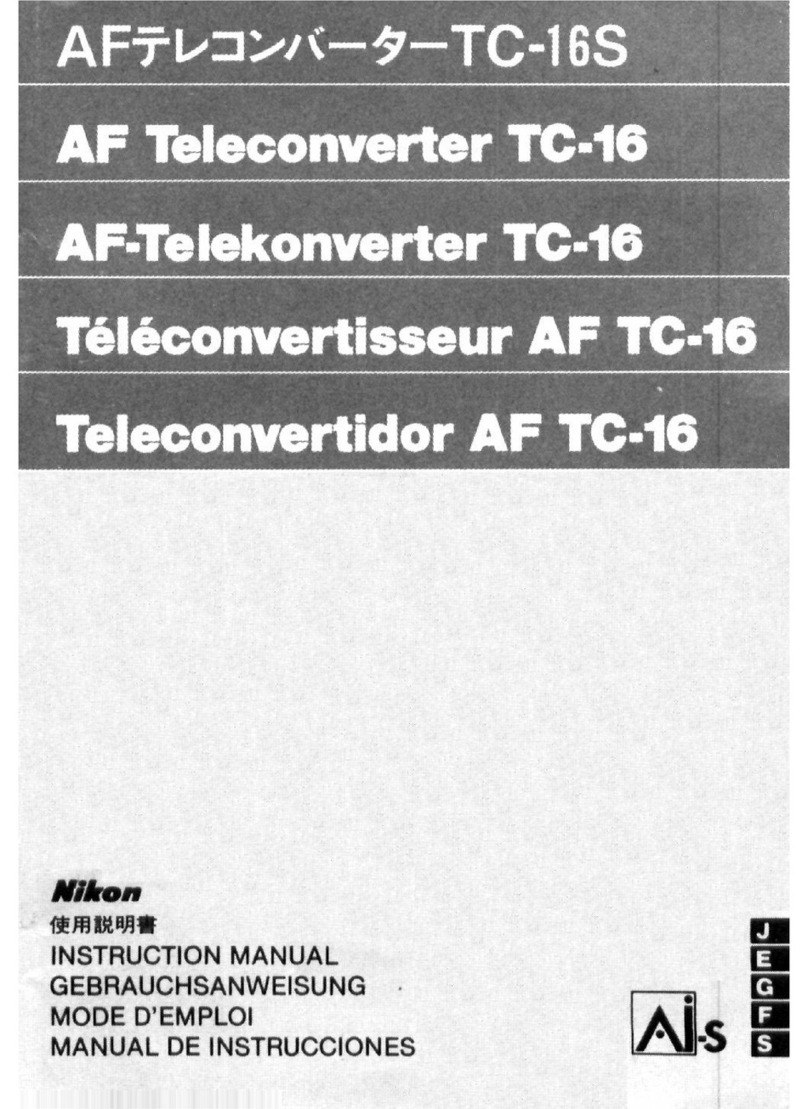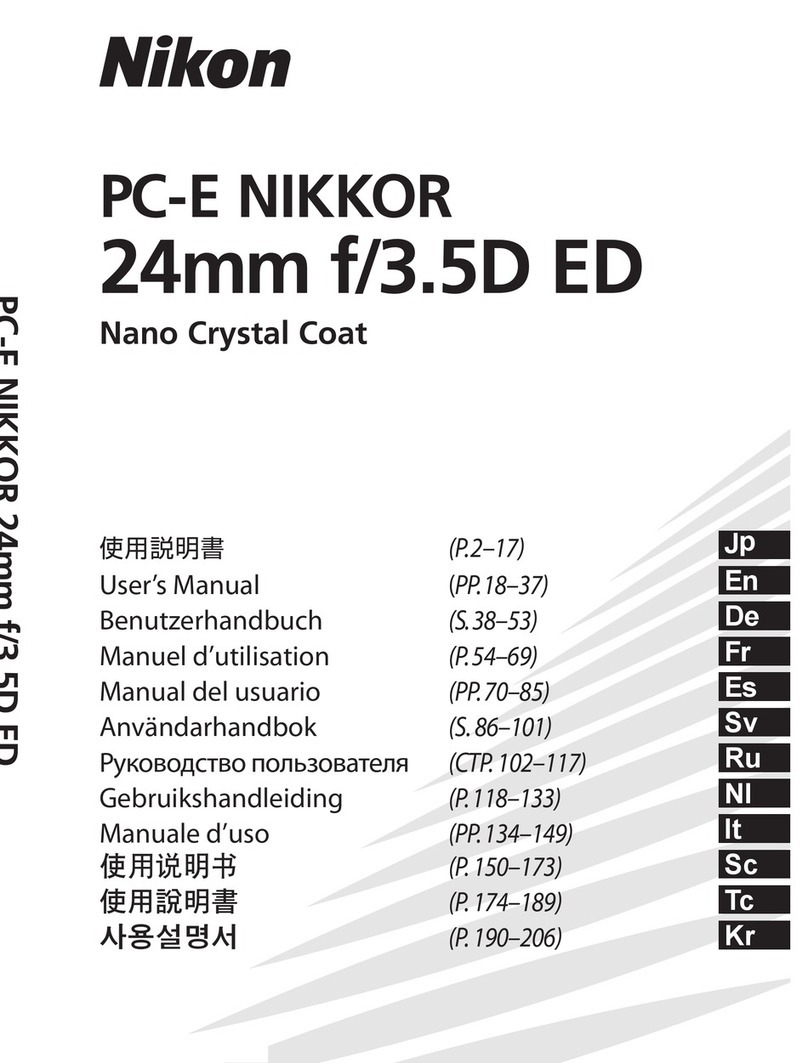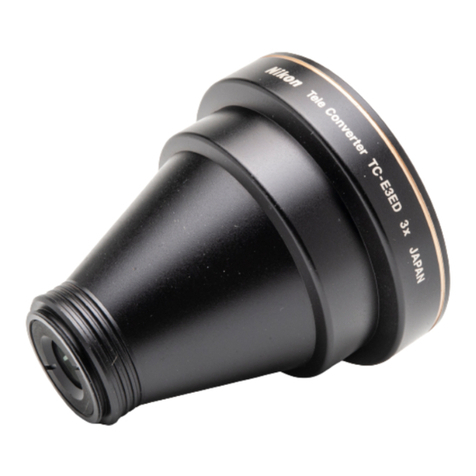Nikon Eclipse Ti Series User manual
Other Nikon Camera Accessories manuals
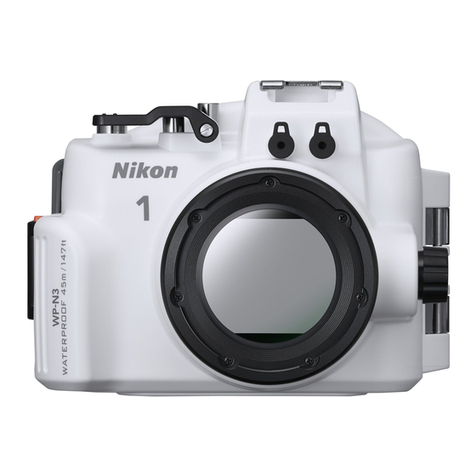
Nikon
Nikon WP-N3 User manual
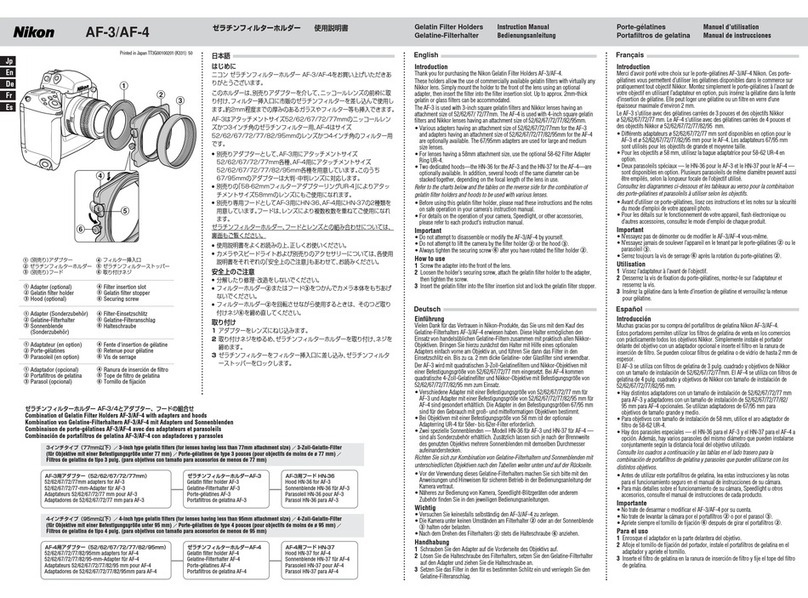
Nikon
Nikon AF-4 User manual
Nikon
Nikon DS-U1 User manual

Nikon
Nikon MD-11 User manual
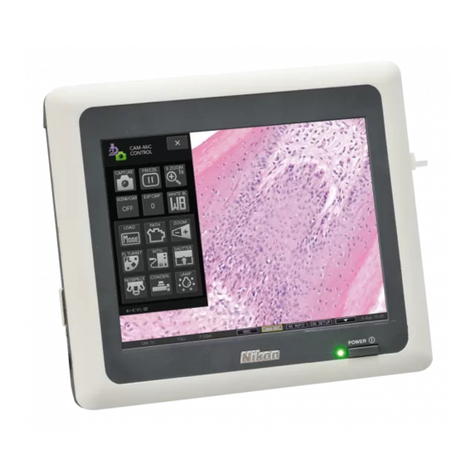
Nikon
Nikon DS-L3 User manual

Nikon
Nikon AF-S NIKKOR 500mm f/4E FL ED VR User manual
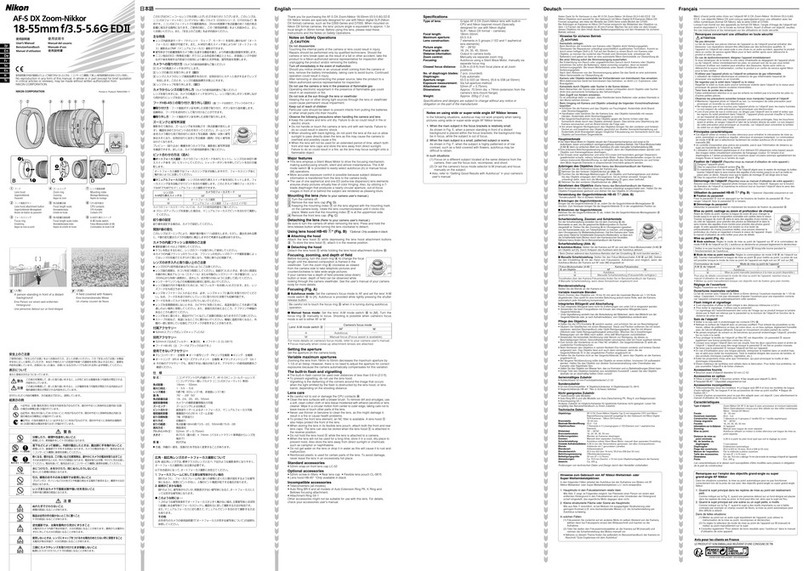
Nikon
Nikon f/3.5-5.6G ED VR User manual
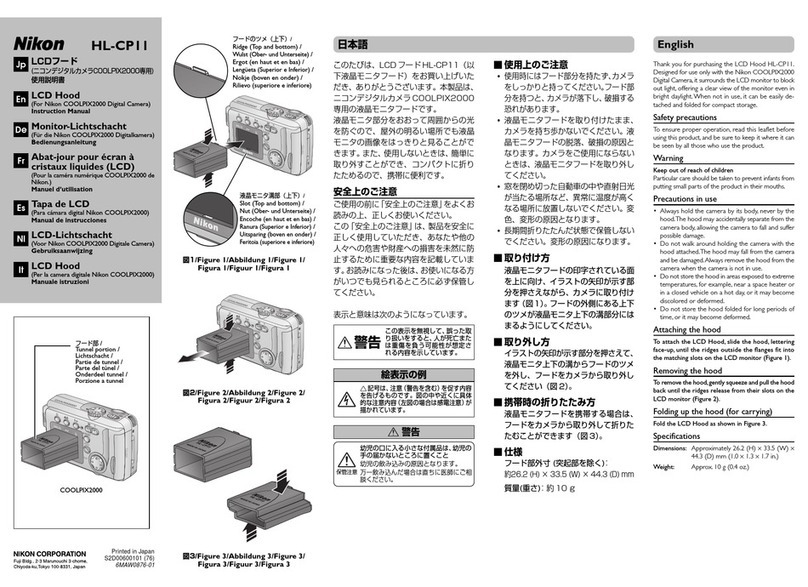
Nikon
Nikon HL-CP11 User manual

Nikon
Nikon 20mm 1/2.80 User manual
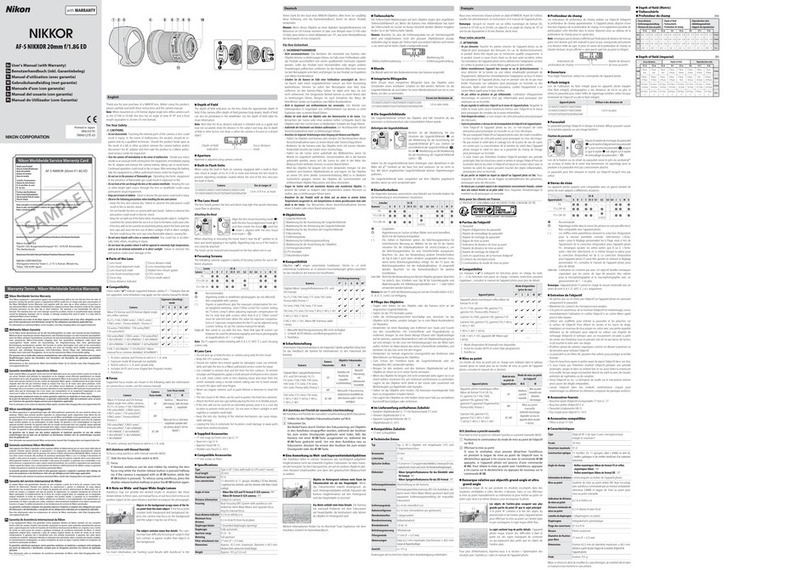
Nikon
Nikon AF-S 20mm f/1.8G ED User manual

Nikon
Nikon AF Nikkor 28mm f/2.8D User manual
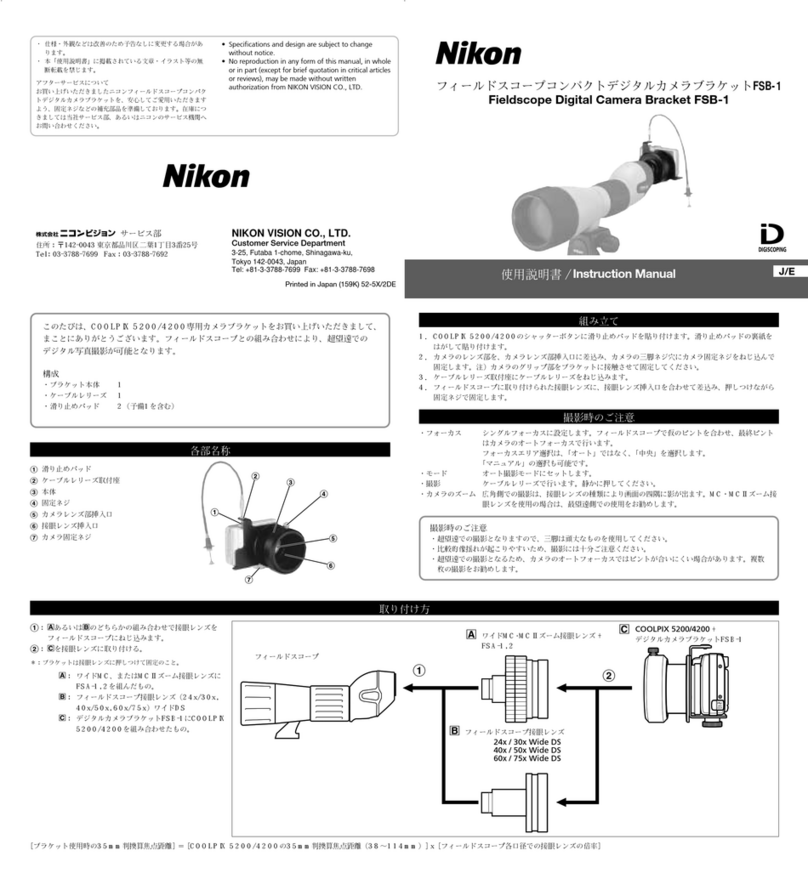
Nikon
Nikon FSB-1 User manual

Nikon
Nikon SB-300 User manual
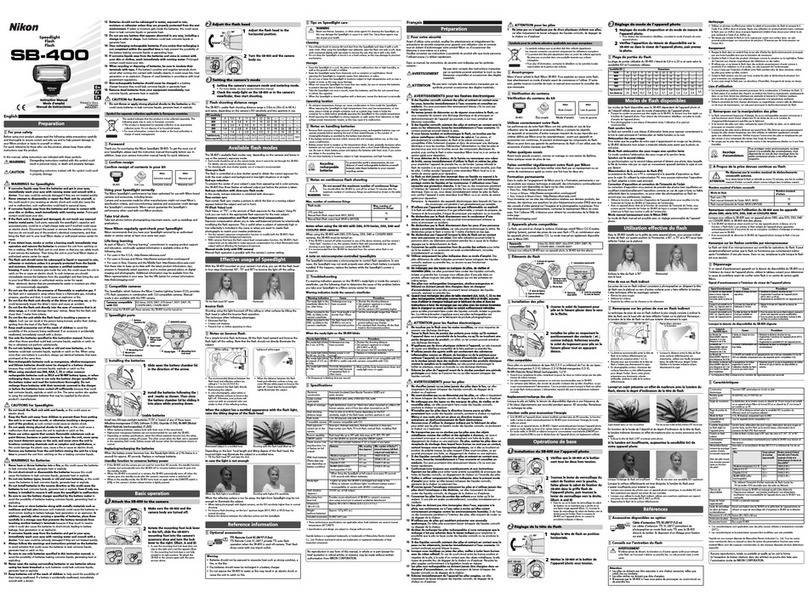
Nikon
Nikon SB-400 User manual
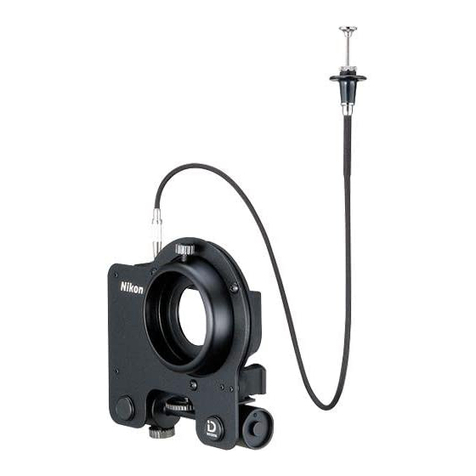
Nikon
Nikon FSB-5 User manual
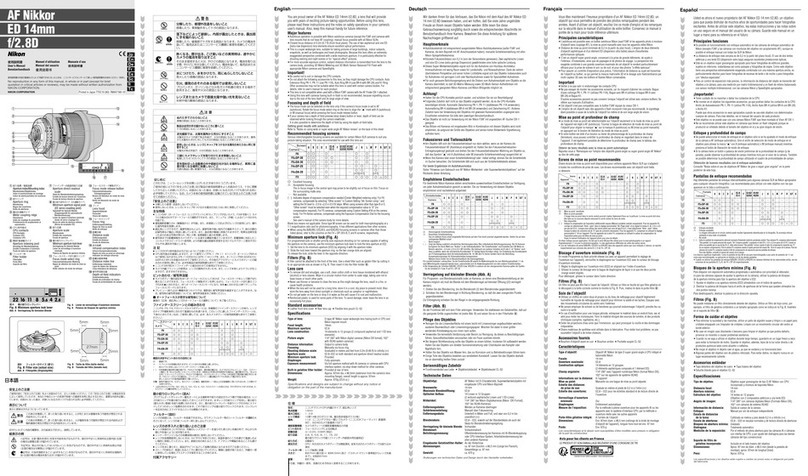
Nikon
Nikon AF Nikkor 14mm f/2.8D ED User manual
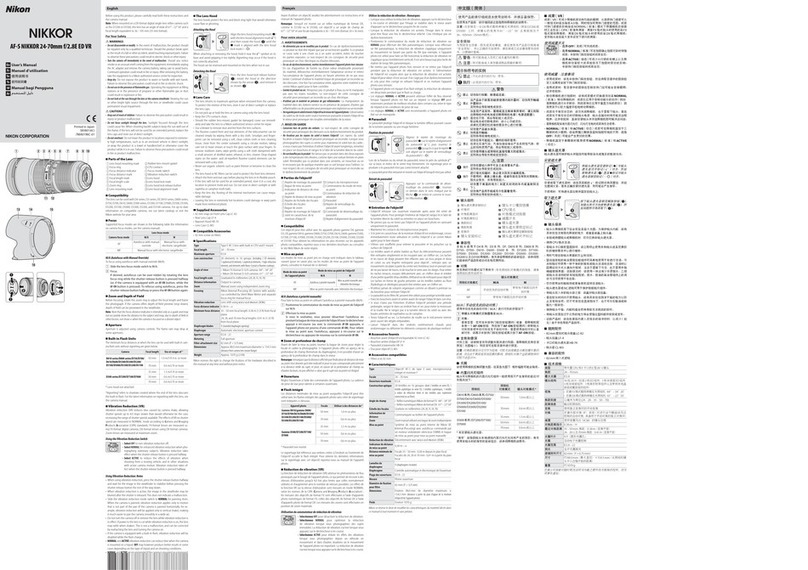
Nikon
Nikon AF-S NIKKOR 24-70mm f/2.8E ED VR User manual
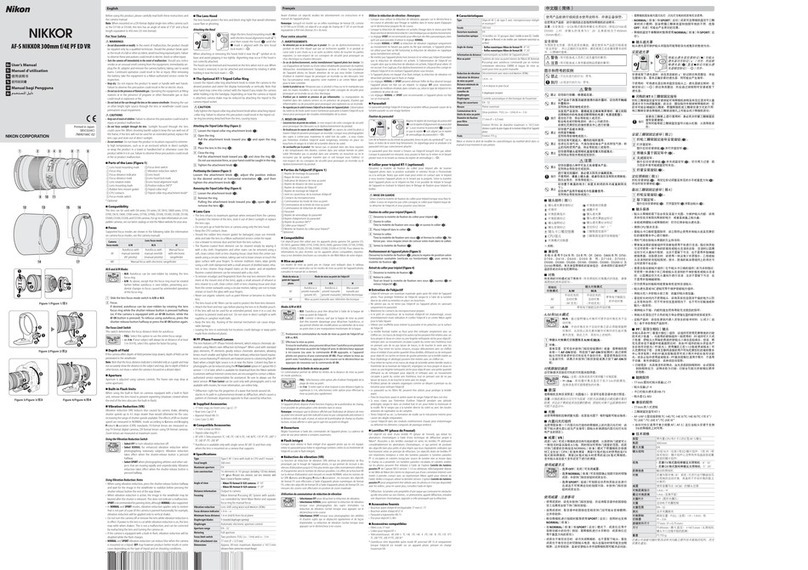
Nikon
Nikon AF-S NIKKOR 300mm f/4E PF ED VR User manual
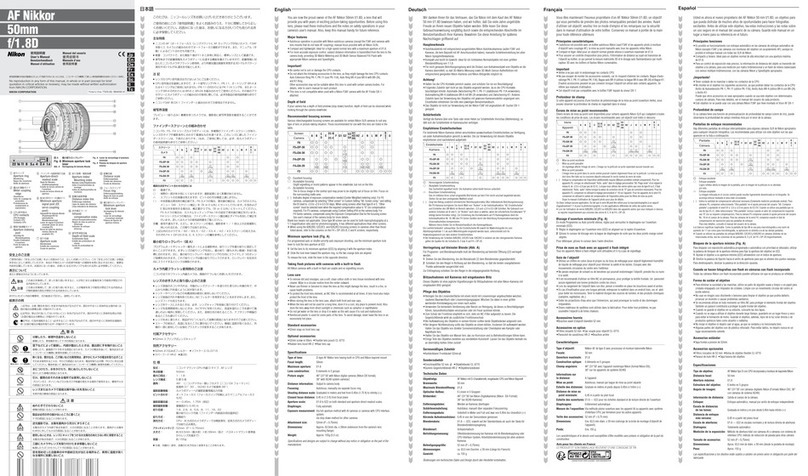
Nikon
Nikon AF Nikkor 50mm f/1.8D User manual

Nikon
Nikon AF-S NIKKOR 200-500mm f/5.6E ED VR User manual
Popular Camera Accessories manuals by other brands

Calumet
Calumet 7100 Series CK7114 operating instructions

Ropox
Ropox 4Single Series User manual and installation instructions

Cambo
Cambo Wide DS Digital Series Main operating instructions

Samsung
Samsung SHG-120 Specification sheet

Ryobi
Ryobi BPL-1820 Owner's operating manual
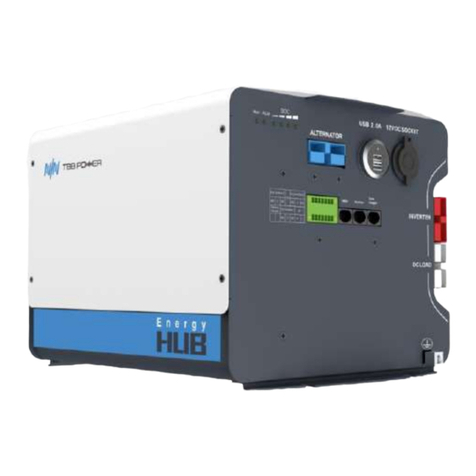
TBB power
TBB power Energy Hub EH128L user manual
